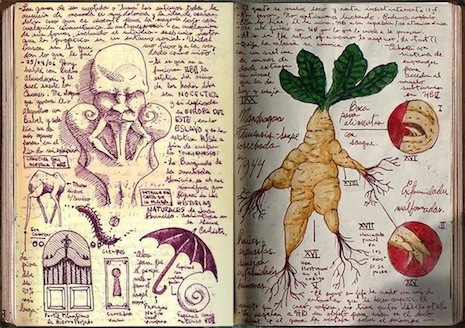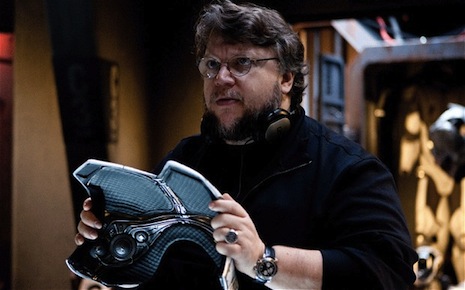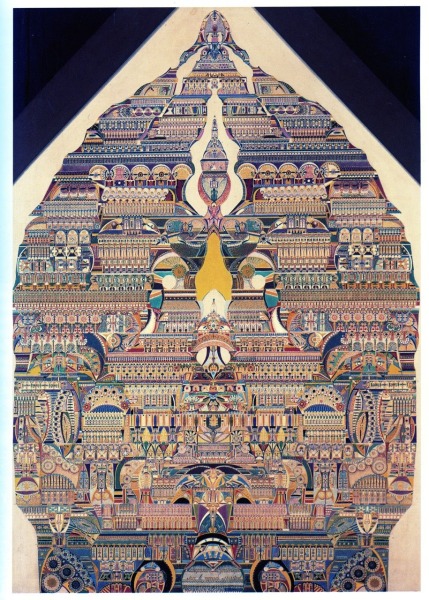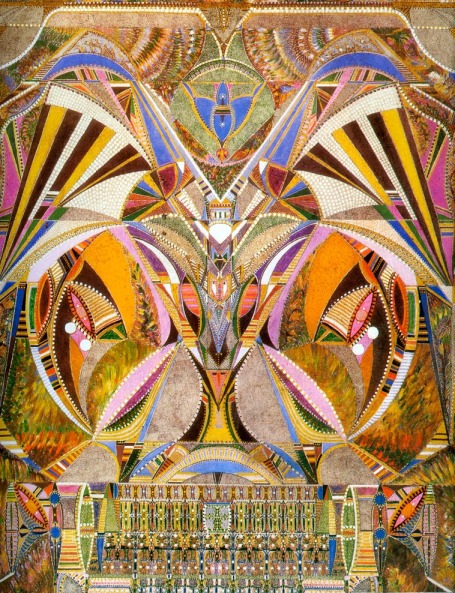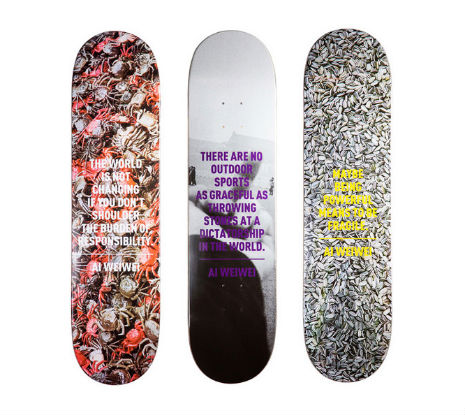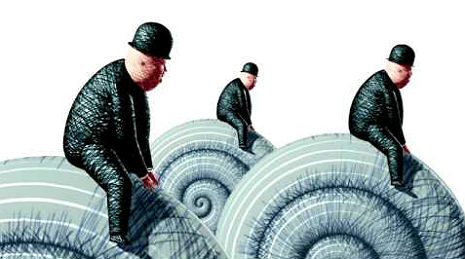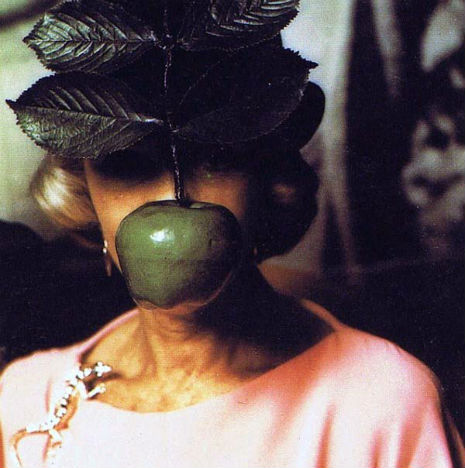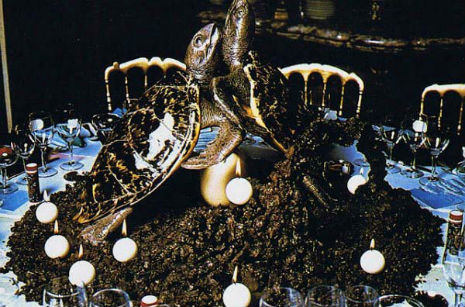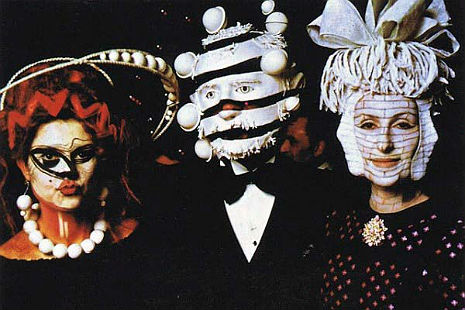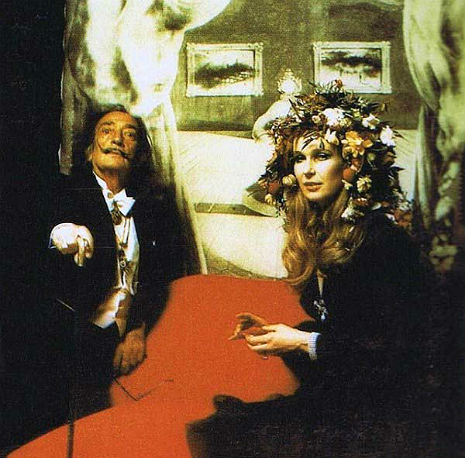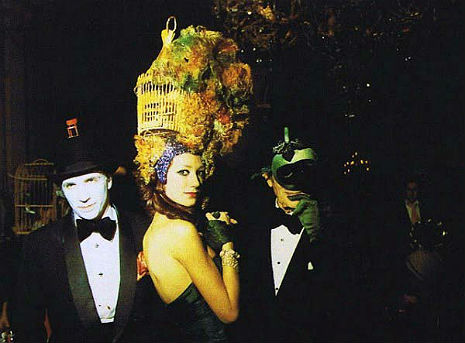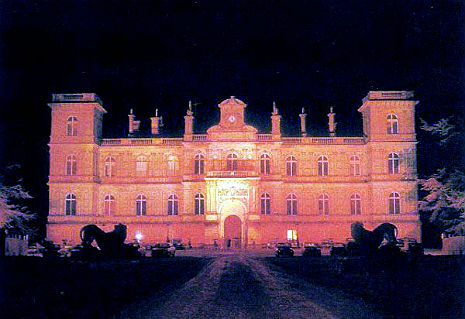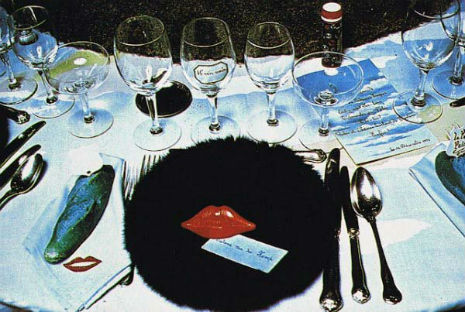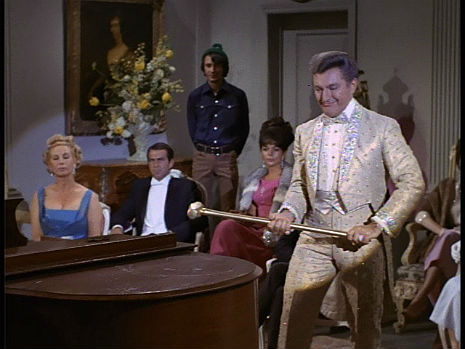
Episode 37 in the Monkees’ TV canon, “Art for Monkees’ Sake,” is a pretty routine episode as Monkees episodes go. The premise is that Peter gets interested in art, paints his version of Frans Hals’ The Laughing Cavalier at the local museum, which then gets switched for the real thing, it gets stolen, hijinks ensue. It doesn’t really matter. It’s a Monkees episode, with two wonderful songs (“Randy Scouse Git” and “Daydream Believer”) and as many dumb sight gags as they could cram in there.
Because it’s set in a museum, the writers took full advantage of the opportunity to make “modern art” the target of as many silly jokes as possible. There’s a brief scene where Mickey wanders into an artist’s studio and the artist says most of the things you’d expect a pretentious “actionist” painter to say in an absurdist sitcom. There’s a gag where three of the Monkees are surprised in the darkened museum by a security guard, but they just freeze in odd poses, and the guard doesn’t “see” them, thinking they’re just some dumb art installation. Get it? Modern art! Hah!
Right in the middle of the episode, Mike’s off looking for Peter and wanders into a chamber music concert. And then something remarkable happens.
The room is populated by snooty-snoots wearing tuxedos and fine gowns. Through a door enters Liberace, who wordlessly opens a large case, extracts a golden sledgehammer, and proceeds to lay waste to a blameless piano while Mike mugs and cringes. Then Liberace, clearly having enjoyed himself, is wordlessly congratulated by the snooty-snoots as the scene fades out.
But wait! Destroying a piano with a sledgehammer? That’s a Fluxus move, innit? Pretty sure…..

George Maciunas, Dick Higgins, Wolf Vostell, Benjamin Patterson, Emmett Williams performing Phillip Corner’s Piano Activities at Fluxus Internationale Festspiele Neuester Musik, Wiesbaden, 1962
By the autumn of 1967, when “Art for Monkees’ Sake” first aired, destroying musical instruments was a well-known Fluxus trope. As Hannah Higgins reports in her book Fluxus Experience, in Nam June Paik’s 1961 work One for Violin, “The performer raises a violin overhead at a nearly imperceptible rate until it is released full-force downward, smashing it to pieces.” Furthermore, Higgins continues,
In Philip Corner’s Piano Activities, performed in 1962 at the first Fluxus-titled festival in Wiesbaden, Germany, Dick Higgins, George Maciunas, Alison Knowles, and Emmett Williams engaged in the apparent destruction of an old, unplayable piano belonging to the Kunstverein. They did destroy the instrument, but not haphazardly. … [the performance included] the careful rubbing of a brick over the strings, patient waiting for the right moment to use a hammer.”
As Richard Meltzer writes in The Aesthetics of Rock, “One of the farthest-reaching dissonant-worlds-of-quality moves that the Monkees (or their producers) have carried out has been their TV scene with Liberace destroying a piano with a sledge hammer before an appreciative chamber music audience.”
I have to agree. I don’t know if Liberace gave a hoot about Fluxus or not—probably he didn’t—but I have to applaud the discipline and sheer insouciant gumption it took to do that scene and that scene only and not demand even a line of dialogue for his trouble.
The complete episode, after the jump…
Posted by Martin Schneider
|
09.28.2013
01:43 am
|










